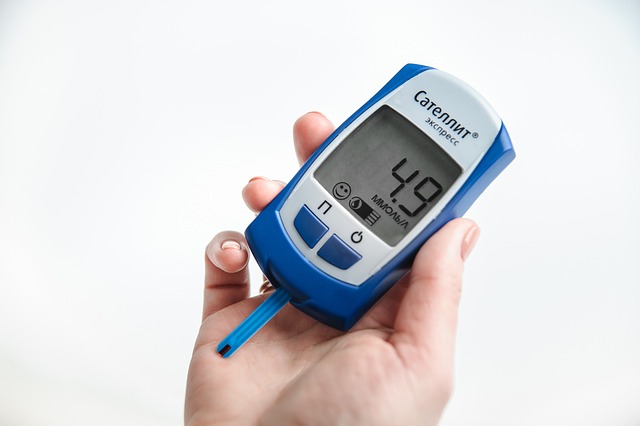Session Focus
Tracking your food each day can help you prevent or delay type 2 diabetes.
This session we will talk about:
- The purpose of tracking
- How to track your food
- How to make sense of food labels
You will also make a new action plan!
Tips:
- Try to track your food each day.
- Track more over time. Start by tracking what and when you eat. When you get comfortable with this, you can start tracking how much you eat, and then calories.
Sally's Story
Sally is at risk for type 2 diabetes. She wants to lose 15 pounds. She has been trying to eat better each week. After a month, Sally tells her friend Tina that she is frustrated. She still hasn't lost any weight. Surprised by this, Tina asks her to describe what she ate the day before. Sally tells Tina what she thinks she had.
The table below shows what Sally thinks she had at each meal. It shows what Sally really had at each meal. It also shows the extra calories she took in.


How to Track Your Food
Ways to find out how much you eat:
- Measuring cups and spoons
- Kitchen scale
- Food labels
- Calculator
Ways to record what, when, and how much you eat:
- Spiral notebook
- Spreadsheet
- Smart phone apps
- Computer apps
- Voice recording
- Photo of your food
Ultimately, you'll want to write these details in your Food Log.
Everyday Objects and Serving Size
You can use everyday objects to eyeball serving size. Here are some examples:

Hands and Serving Size
You can use your hands to eyeball serving size.

Make Sense of Food Labels

These numbers refer to the sample label for macaroni and cheese on the first section of this page.
1. Serving Size
Start by looking at the serving size. That's the size of one serving. All the other facts on the label are based on this amount. Also look at the number of servings in the package. This package contains two servings. So if you eat the whole package, you'll need to multiply all the other facts on the label by two. Use a calculator, if you'd like.
2. Calories
Knowing the calories can help you reach or stay at a healthy weight. The calories are the amount of energy you get from a serving of this food. Many Americans get more calories than they need. Try to get less than 30 percent of your calories from fat.
3. Limit These Nutrients
Most Americans get enough, or even too much, of these nutrients. Eating too much fat, saturated fat, trans fat, cholesterol, or sodium can raise your risk of certain health problems. These include heart disease, some cancers, and high blood pressure.
4. Get Enough of These Nutrients
Most Americans don't eat enough fiber, vitamin A, vitamin C, calcium, and iron. Eating enough of these nutrients can improve your health and lower your risk of certain health problems.
For instance, getting enough calcium can help strengthen your bones and teeth. Eating plenty of fiber can help you lose weight and lower your cholesterol.
Other ways to find out nutrition facts:
- Computer apps
- Smart phone apps
- Websites
How to Cope With Challenges
It can be challenging to track your food. Here are some common challenges and ways to cope with them. Write your own ideas in the column that says "Other Ways to Cope." Check off each idea you try.












.webp)








